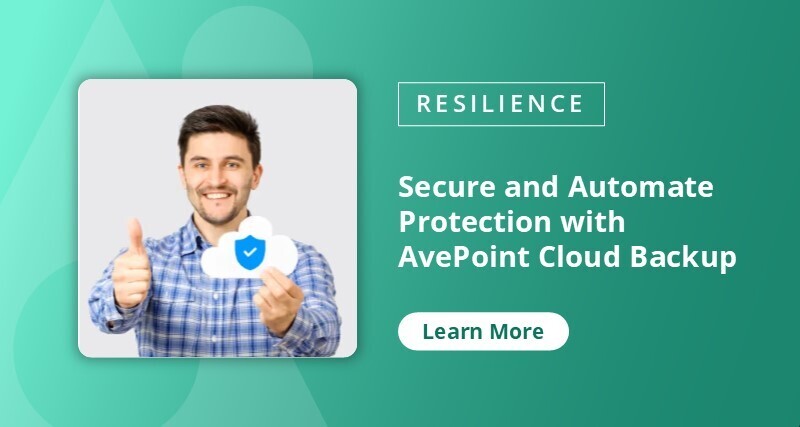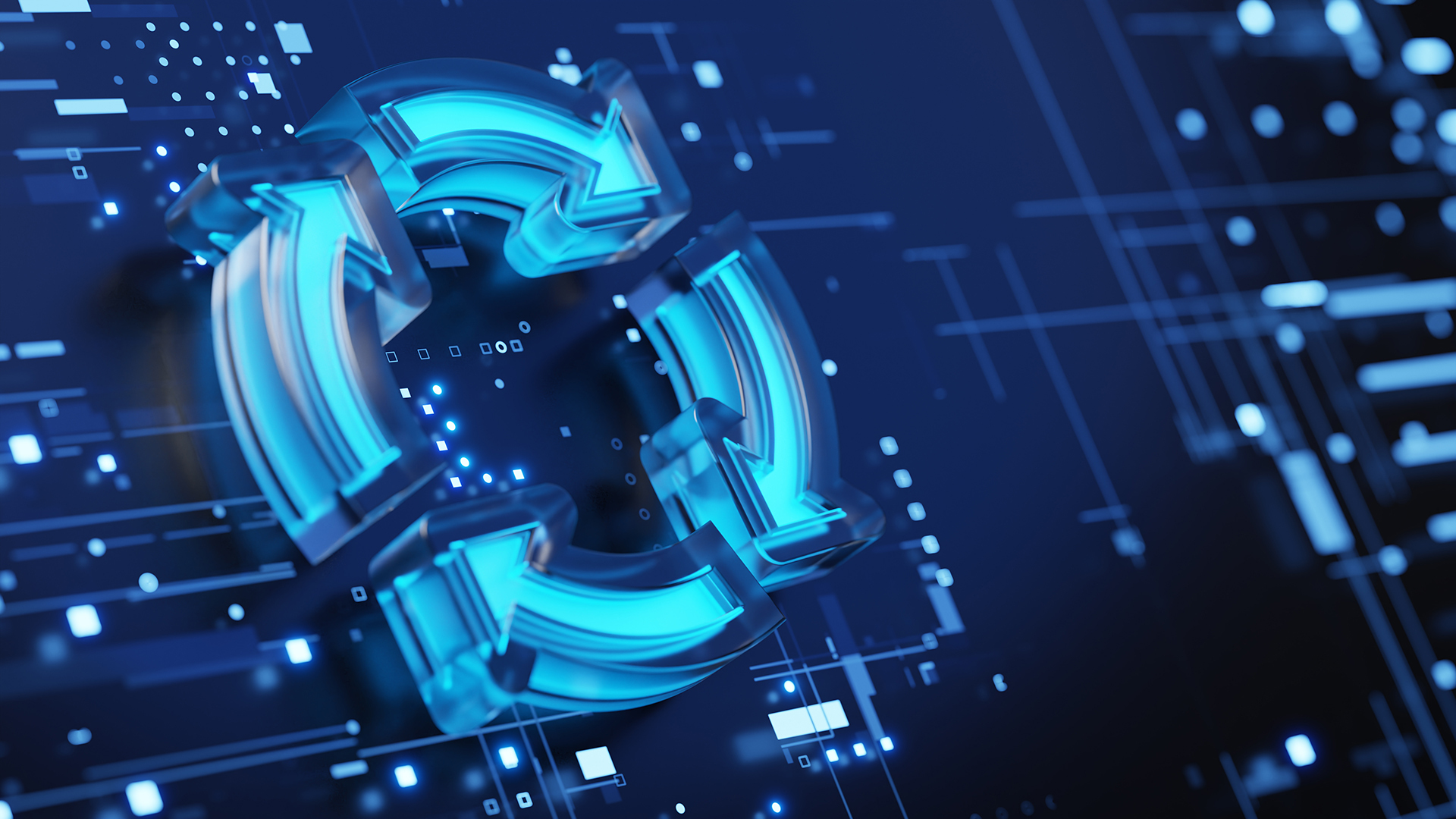Beyond Traditional BCDR: Embracing Smart Data Recovery for Enhanced Cyber Resilience


Achieving fast disaster recovery is a crucial component of a successful business continuity plan, ensuring that operations can quickly resume after disruptions. Without a robust disaster recovery plan, companies risk financial losses, reputational damage, and loss of customer trust. Prioritizing disaster recovery safeguards digital assets, maintains customer confidence, and ensures long-term stability.
However, traditional Business Continuity and Disaster Recovery (BCDR) plans often market towards and overemphasize rare, large-scale incidents, such as the global outage linked to CrowdStrike early this year. This narrow focus leaves organizations vulnerable to more frequent, smaller events like ransomware attacks and accidental deletions.
Consider this: There are typically 10 to 20 high-profile IT outages annually, while ransomware attacks have occurred at least 14 times per day in the first half of 2024. This stark contrast underscores the need for a shift in focus when it comes to BCDR planning.
In this blog post, we’ll discuss why traditional BCDR plans fall short and how a smart, data-centric approach can better equip your organization to handle frequent threats, ensuring comprehensive protection and stronger cyber resilience.
The Rare Nature of Complete IT Outages
The Annual Outage Analysis 2024 Report by Uptime highlights that both the frequency and severity of data center outages are declining, and only one in 10 outages experienced by the respondents in 2023 was classified as severe or serious. Moreover, the data center operators surveyed stated that 41% of the outages they experienced in the past three years were negligible.
Evidently, large-scale digital infrastructure failures like the CrowdStrike outage in February 2024 are rare. And while such events are significant, they happen far less frequently than other types of data loss events.
This rarity means that while it’s important to prepare for large-scale outages, focusing heavily on these events can leave businesses vulnerable to more frequent threats such as ransomware attacks and accidental deletions. Also, consistently implementing data security best practices such as offsite storage and regular, frequent backups helps a lot in preventing data loss due to a complete outage.
Frequent Data Loss Events: The Real Threat
The threat of data loss due to human error or ransomware attacks remains a serious concern in today’s digital workplace. According to IDC’s June 2024 Future Enterprise Resiliency and Spending Survey, the average number of ransomware attacks reported per day in the first half of 2024 was approximately 1,200. The study highlights improving attack methodologies.
Additionally, 48% of organizations reported a cyberattack that prevented data access in the last 12 months, underscoring the persistent and growing threat of ransomware across diverse industries and regions.
Accidental deletion is another common data loss threat, with 39% of IT leaders stating that their organizations had to restore data from backups at least once per month, citing human errors as among the top reasons. Alarmingly, 20% of accidentally deleted data could no longer be recovered. These frequent data loss events pose a significant threat to business continuity and data integrity.
Ensuring cyber resilience requires a balanced, comprehensive approach that addresses both rare, large-scale incidents and the more common, smaller disruptions to mitigate risks across a wide range of threats.
Limitations of Traditional BCDR Plans
Traditional BCDR plans often fail to address frequent, smaller-scale incidents and have the following risks and limitations:
1. Increased Vulnerability Due to the Use of Legacy Architectures
Backup agents, for instance, are commonly used in traditional BCDR plans. However, backup agents can themselves become attack vectors, allowing malicious actors to install malware, delete critical data, or steal sensitive information. In certain situations, agents can accidentally cause critical infrastructure failure like the outage caused by the CrowdStrike update. Particularly vulnerable are appliances that are Windows-based or those running similar agents. Anything that takes down the OS also takes down the backup application or servers with it.
2. Lack of Network and Application Isolation
If ransomware compromises your network, the breach can spread and target your backups as well. Traditional backup systems lack this level of protection, making them more susceptible to widespread attacks. Traditional backup systems don’t have isolated and compartmentalized network and application backup and rely on agents instead of APIs.
3. Lack of Granular Recovery Capabilities
Traditional BCDR plans prioritize broad system recovery over precise file or data set recovery, leading to slower and less accurate restorations. These plans fail to consider more commonplace data loss disasters that require granular recovery of specific files or data sets. So, when smaller-scale data loss events happen, the lack of granular restore capability aggravates downtime and operational disruptions.
Transcend the Limits of Traditional BCDR with AvePoint’s Smart Data Recovery
AvePoint’s approach to Smart Data Recovery offers a comprehensive solution to overcome traditional BCDR limitations, ensuring robust protection against both frequent, smaller-scale data loss events and rare, complete IT outages. Here’s how the AvePoint Confidence Platform enables organizations to achieve superior data protection and recovery:
1. Use of APIs to Eliminate Agent-Based Vulnerabilities
One of the critical advantages of AvePoint’s solutions is the avoidance of “agent-based” architectures, which are vulnerable to unique risks. Faulty agent builds can result in operating system failures. If compromised, malicious actors can exploit faulty agents to execute malicious commands on the endpoints they’ve been installed on. By steering clear of legacy architectures, AvePoint effectively eliminates these potential attack vectors.
Moreover, legacy agent-manager or agent-appliance architectures require regular patching and maintenance. This leaves organizations vulnerable to zero-day attacks or potentially unpatched endpoints on the network. Depending on the size of an environment, this can also lead to significant management overhead, which takes IT’s focus away from adding value to the business and answering higher-priority tickets. As a result of this API-only design, organizations can focus on their core operations with greater confidence in their data security and integrity.

2. Network and Application Isolation Mitigates Risks
AvePoint Cloud Backup is designed with robust network and application isolation, ensuring that your backup environment remains logically and physically separate from your primary infrastructure and the backup infrastructure of other clients in a true multi-tenant architecture.
Isolation is not only within the AvePoint infrastructure, but it is completely isolated from your corporate network. This means that when a ransomware attack hits your infrastructure, AvePoint is not impacted; and should an attacker hit AvePoint, your own infrastructure is insulated.
This compartmentalization significantly reduces the risk of ransomware and other cyber threats from taking out both your backups and production systems at the same time. This is incredibly important in a world where 94% of Ransomware Victims also have their backups targeted by the attack. Backed by stringent SLAs, AvePoint Cloud Backup guarantees uptime and seamless access to your data regardless of what’s happening in your environment, ensuring your data is always available when you need it.

By addressing these critical areas, AvePoint’s smart data recovery approach addresses all critical areas to upgrade your BCDR plans by providing a robust, comprehensive approach to data protection and recovery. This ensures that your organization is well-equipped to handle a wide range of data loss events regardless of scale, frequency, and severity.
3. Leading-Edge Granular, App-Aware SaaS Recovery Capabilities
AvePoint Cloud Backup enables precise and non-destructive restores across multiple cloud platforms like Google Workspace, Microsoft 365, Dynamics 365, and Salesforce. Unlike traditional BCDR plans that focus on broad system, container-level recovery, AvePoint offers unmatched granular, non-destructive, app-aware recovery. This means that in Salesforce, for instance, AvePoint Cloud Backup keeps relationships intact for metadata and permissions to ensure efficient data recovery. You’ll be able to access your entire digital environment in its pre-incident state.
To elevate your BCDR to the next level, you can leverage AvePoint Cloud Backup Express for fast, granular recovery for Microsoft 365 environments. With recovery speeds up to 20 times faster than traditional methods, it allows for the restoration of entire Site Collections, OneDrives, or Exchange Mailboxes in mere minutes — even in the event of ransomware or other data loss incidents. This rapid, precise recovery ensures minimal business disruption and maintains data integrity across Exchange Online, SharePoint Online, OneDrive, Teams, and Groups, keeping your operations resilient and secure.

Boost Your Cyber Resilience with AvePoint
Critical thinking and agility in business strategies are crucial for honing your competitive edge. That’s why organizations must rethink their BCDR strategies to ensure these deliver the cyber resilience needed by the business.
AvePoint’s smart data recovery approach transcends traditional limitations with a comprehensive, data-centric approach that ensures robust protection and rapid, granular recovery. By avoiding legacy architectures, ensuring network and application isolation, and providing unmatched granular recovery capabilities, AvePoint helps you elevate your BCDR strategies — enabling your enterprise to effectively manage a wide range of data loss threats, regardless of scale, frequency, and severity.
Enhance your cyber resilience with AvePoint Cloud Backup and the AvePoint Resilience Suite.


Abby Payuyo is a Senior Technical Marketing Writer at AvePoint, covering Artificial Intelligence and Machine Learning. With over 20 years of experience in marketing communications and technical writing, including a recent stint in cybersecurity, Abby creates content that helps organizations navigate the challenges of the modern workplace with the help of AI & ML solutions.


